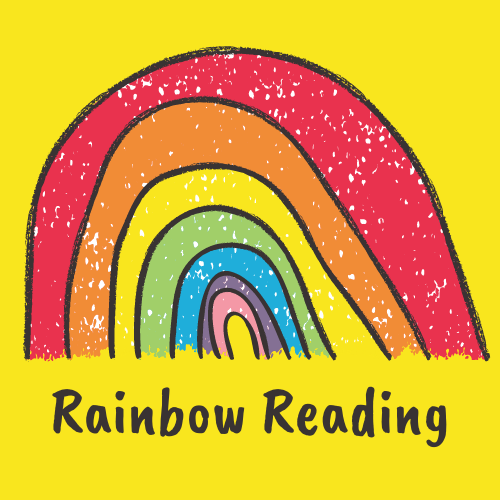A B C D E F G H I J K L M N O P Q R S T U V W X Y Z
A B C D E F G H I J K L M N O P Q R S T U V W X Y Z
Print or Cursive?
The Benefits of Cursive Writing
Take Flight: A Comprehensive Intervention for Students with Dyslexia introduces students to cursive handwriting at the age of seven. Many European countries, including Montessori schools offer cursive in the primary grades.
Many parents have valid concerns regarding teaching their child cursive.
1. Isn't it too hard to teach them at seven years old?
2. Will they be confused if they learn both print at school and cursive in therapy?
3.Why learn cursive if everything in school is using the keyboard?
4. Is cursive really necessary for my already overwhelmed dyslexic child?
Research has shown that there are many benefits to children learning cursive handwriting in the primary grades, especially for the dyslexic student community. Read below to learn more about the benefits of cursive handwriting.
*Helps to distinguish easily confused letters like b, d, p, q
*A student can write much faster; It's estimated that while a student needs to jot down 100 legible words a minute to follow a typical lecture, someone using print can manage only 30
*Writing becomes a unit rather than a series of separate strokes
*Correct spelling is more likely to be retained
*All lowercase letters begin on the line, so fewer of them are likely to be reversed
*Cursive engages more cognitive resources than keyboarding does
*Students gain the ability to read cursive
*Helps with the decoding process because it integrates hand-eye coordination, fine motor skills, and other brain and memory functions

